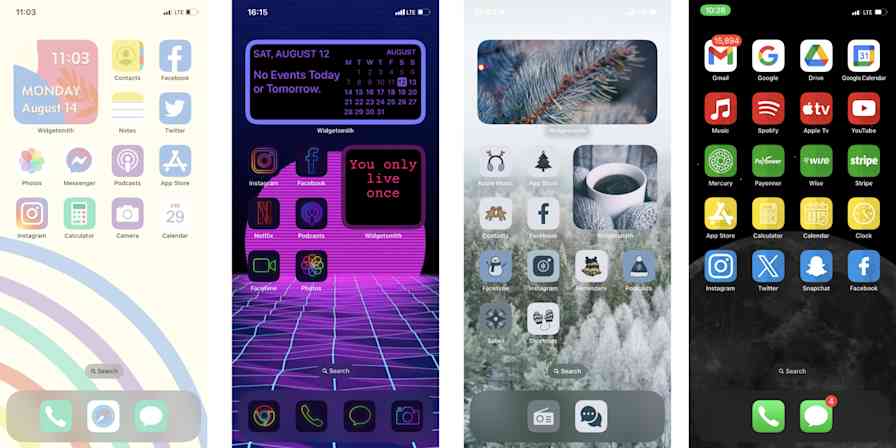When you're the decision-maker for an entire nation, even a tiny mistake could alter history.
That's the situation President John F. Kennedy faced in October 1962 during the Cuban Missile Crisis. Already focused on an ongoing war in Vietnam, suddenly America's home front was at risk.
But instead of dropping everything to focus on a military response, Kennedy pushed ahead with his appointments. "To avoid arousing public concern, the president maintained his official schedule," writes the John F. Kennedy Presidential Library. He hosted a luncheon for the Crown Prince of Libya, and attended previously organized campaign trips to Ohio and Illinois. Then, before lunch, Kennedy crammed in crisis sessions about Cuba.
It also helped Kennedy keep from falling behind on other pressing issues, things he would otherwise need to catch up on once the crisis passed.
Maintaining an official schedule—even during times of crisis—was how Kennedy stayed productive throughout his presidential term. Here's how 6 other US presidents stayed healthy and simplified their work while guiding their nation—tips you can use to get more done in the new year.
1. Prioritize Your Tasks Consistently
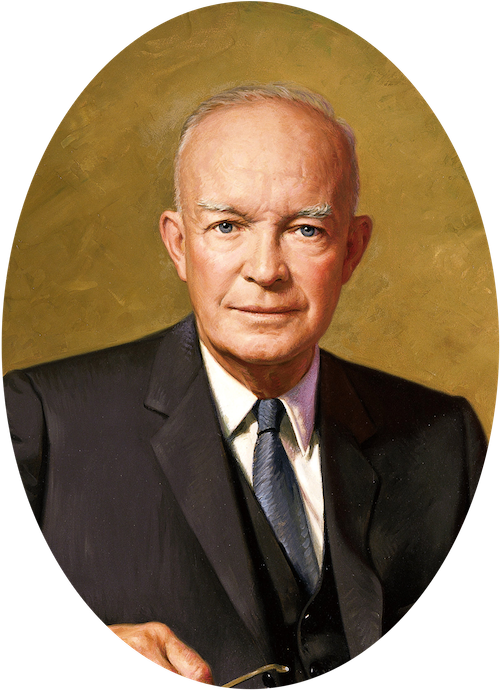
President Dwight D. Eisenhower, 1953-1961
He led the Allied Forces to victory in World War II. He started America's interstate highway system. Dwight Eisenhower has been there and done that.
He summed it up well in an address in 1954, saying: "I have two kinds of problems, the urgent and the important. The urgent are not important, and the important are never urgent. Now this, I think, represents a dilemma of modern man."
Eisenhower recognized that the tasks which come up day-to-day and seem urgent often aren't; instead, they're a distraction from getting our most important tasks completed.
Time management is critical to getting through to-do lists, yet most to-do lists put everything—urgent or not—into one list. Instead, each task should be ranked both by how important and urgent it is. That's the principle followed by the Eisenhower Matrix or Eisenhower Box, a ranking system from productivity expert James Clear that condenses Eisenhower's task ranking system into four actions to take on tasks, based on which quadrant they belong to:
Important and urgent: Do it now. It's as simple as that.
Important, not urgent: Schedule a time to do it. You have to stick to that schedule, otherwise it's pointless.
Urgent, not important: Delegate it. You need to find someone else to do it for you instead.
Not urgent, not important: Eliminate it. A long to-do list doesn't help anyone and just seems overwhelming. If something isn't urgent nor important, take it off your list.
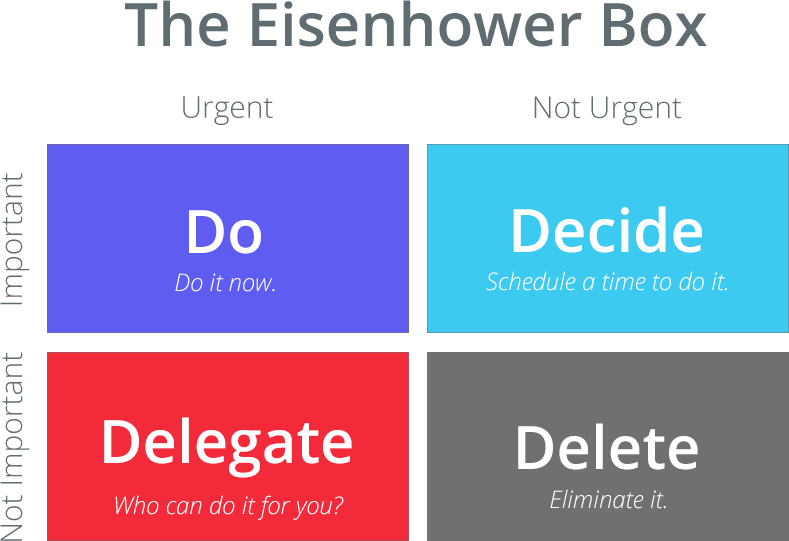
Before you start tackling your to-do list, plot your tasks on this box. It will help you assess which tasks are both important and urgent, which are only one of the two, and which are neither. Using that information, you can then rearrange your to-do list.
You don't have to adhere by these four action rules; feel free to make your own. Treat Clear's principles as suggestions, not rules. Then, you can use your own Eisenhower Matrix-type system for more than just your tasks. I've had a lot of success using it in my inbox to address, sort and label emails, and you might find it helps with household chores or your company's plans for the new year.
There's Eisenhower on iOS and My Effectiveness on Android for a simple way to make an Eisenhower Box on your phone. Or you could use a to-do list app such as Todoist or Wunderlist—or a Kanban app like Trello—to accomplish the same goal. Prioritize your to-do by setting up Zapier integrations to turn "important, not urgent" tasks into Google Calendar events, while "not urgent, not important" task can be sent to a "someday" list.
Create Google Calendar events from new Trello cards
Pro tip: When you're starting out with the Eisenhower Matrix, it helps to have a visual representation. But over time, you'll rely on this less and can sort your tasks based on the words "important" and "urgent" alone.
2. "Water Under the Bridge" is Better Than "Burning the Bridge"
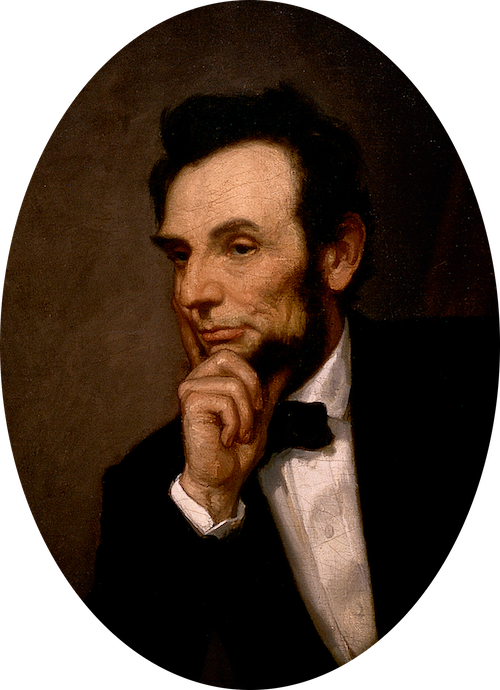
President Abraham Lincoln, 1861-1865
Lincoln saw America through its most tumultuous times, holding together a broken nation through the Civil War while simultaneously ending slavery. History deservedly casts Lincoln in a benevolent light, but even he had his flaws.
Lincoln often spoke his mind and wasn't afraid to tell someone what he thought of them. But with age comes wisdom, and as he grew, he picked his battles more carefully, and purposefully showed more kindness. The most famous example of this is chronicled in Dale Carnegie's How to Win Friends and Influence People.
When a general refused to follow his orders and seize the tactical advantage, Lincoln was furious. He penned an angry letter to the general. But he never sent it. It was discovered after his death, leading Carnegie to believe Lincoln decided not to send the letter because it was self-serving and pointless.
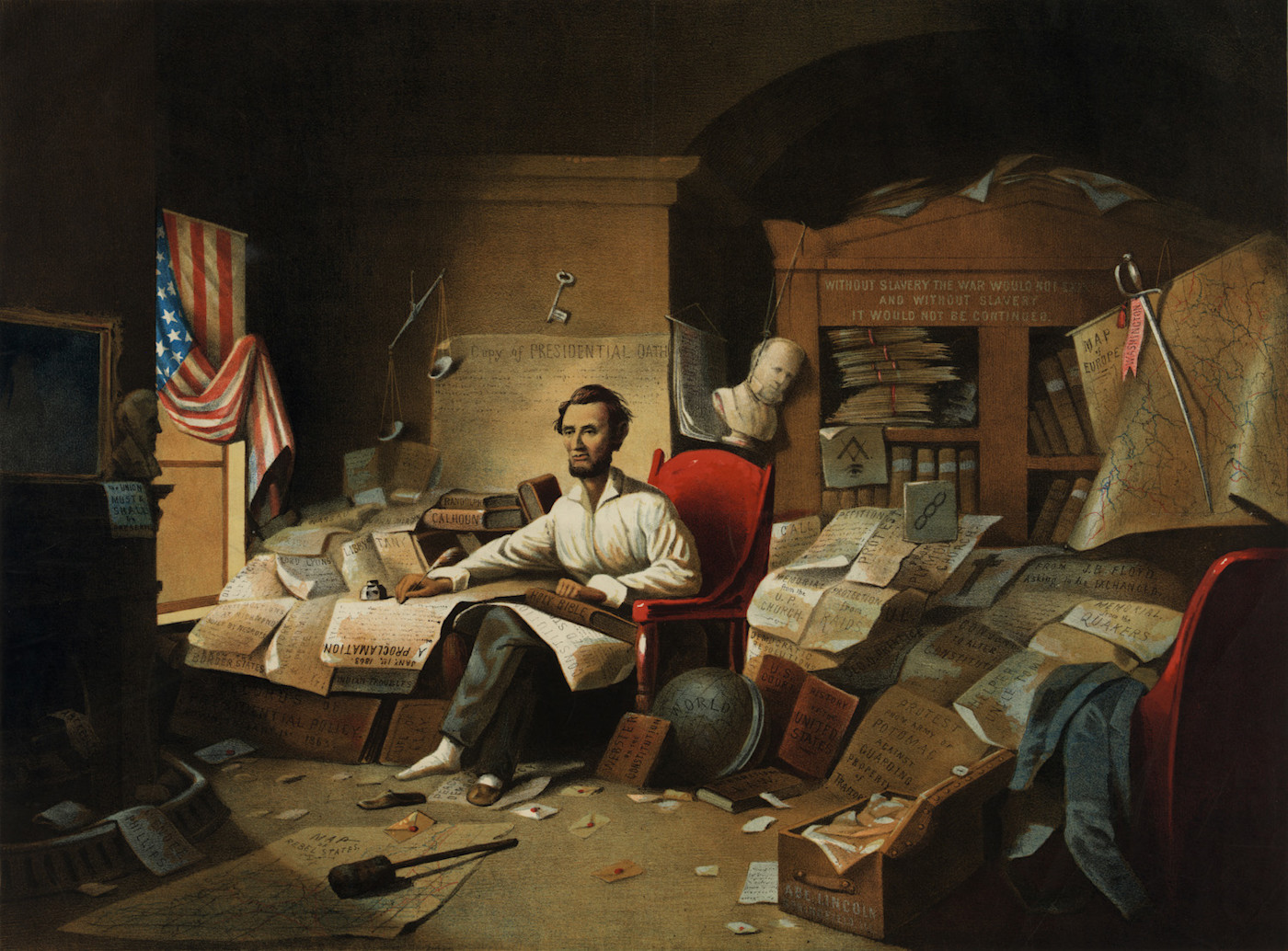
As Carnegie puts it, the President must have thought, "It is water under the bridge now. If I send this letter, it will relieve my feelings, but it will make (the general) try to justify himself. It will make him condemn me. It will arouse hard feelings, impair all his further usefulness as a commander, and perhaps force him to resign from the army."
Sometimes it's useful to vent your feelings, so an app such as Scream Into The Void to write that cathartic rant (it'll then destroy your message with a frustrated scream). Write an angry letter, then rip it to shreds and burn it. Heck, fire up your email account and write an angry message; just remember to leave the "To" field blank. Don't send that email.
If you can't trust yourself to do that, get an "Angry Mail Buddy". Carnegie recounts that author Mark Twain loved to mail such angry letters. But they never reached the recipient.
"The writing of these stinging letters made Mark Twain feel better. They allowed him to blow off steam," Carnegie writes. "And the letters didn't do any real harm, because Mark's wife secretly lifted them out of the mail. They were never sent."
So grab your spouse, your best friend, or whoever you trust with all your life's problems, and turn them into an Angry Email Buddy. When you want to write an angry letter, send the email to them instead of the person it's intended for.
3. Automate Your Life
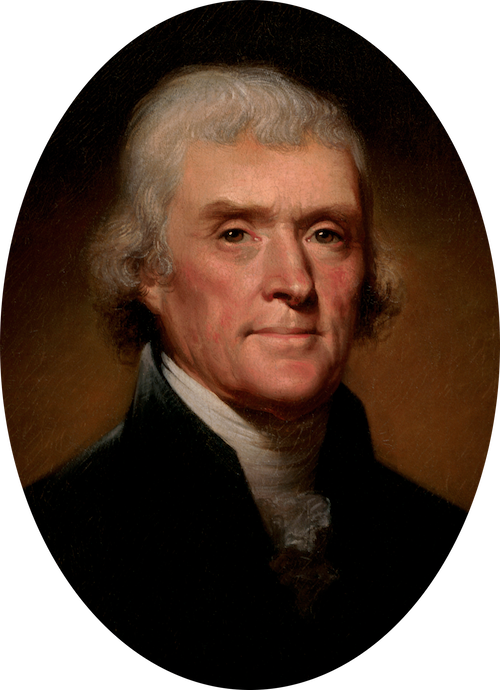
President Thomas Jefferson, 1801-1809
Everyone knows about Jefferson the President, Jefferson the Lawyer who wrote most of the Declaration of Independence, or Jefferson the Founding Father. But few know about Jefferson the Geek, Jefferson the Life Hacker, Jefferson the Inventor, or Jefferson the DIY enthusiast.
When Wired visited Jefferson's home, Monticello, they called it a "palace of gadget geekery." Jefferson embraced new technology and sought to invent or incorporate things that would automate and simplify his life. He believed that "the house is a machine for living in," as architect Le Corbusier would later put it so eloquently.
For example, take his 18th-century version of tabbed browsing. Jefferson was a voracious reader and often needed to reference several books while writing, so he built a custom desk that allowed him to open and read five books simultaneously.
He also made a stack of tiny blank visiting cards which could be fanned open, then carried them with him everywhere to take notes. Later, he copied those notes for posterity and erased the fanned cards to reuse them. "His version of the Blackberry," Wired calls it.
Jefferson took copious notes, and believed in keeping multiple copies for safety. After trying a number of devices, he settled on the polygraph, a special apparatus that tethered a second pen to the one he wrote with. The second pen would create a copy of whatever he was writing—something that enthralled Jefferson enough, he called the polygraph "the finest invention of the present age." Dropbox, meet your daddy.
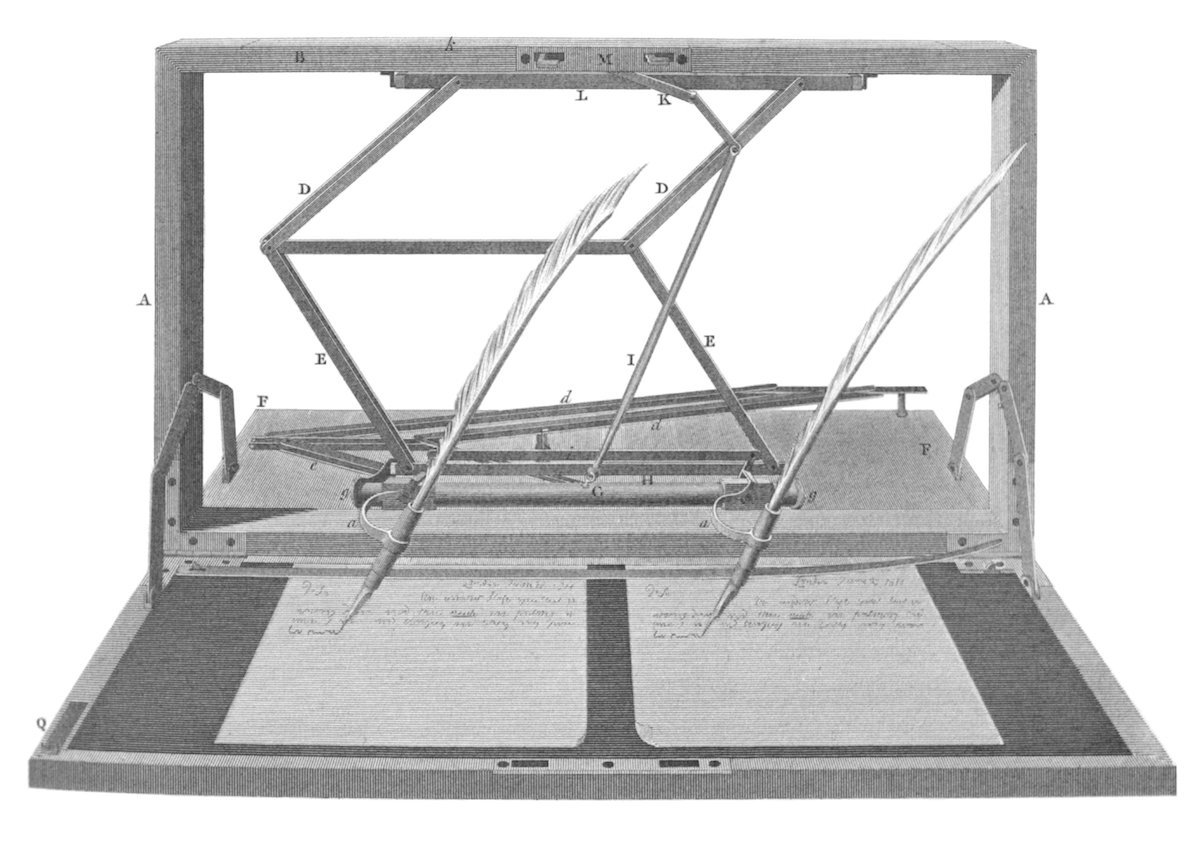
Jefferson was able to get more done by recognizing his own needs and customizing innovations to fit them.
In our gadget and app-driven world, it's more important than ever to choose tools that make sense to you. Just because the world is going crazy over standing desks doesn't mean you need to. If all your colleagues use iPhones and Androids, it's still okay for you to use a Windows Phone if that works for you, or to use a different productivity app if it helps you get more done.
Always remember that technology is just a tool, something to customize and fit to your life—not the other way around.
4. Exercise No Matter What
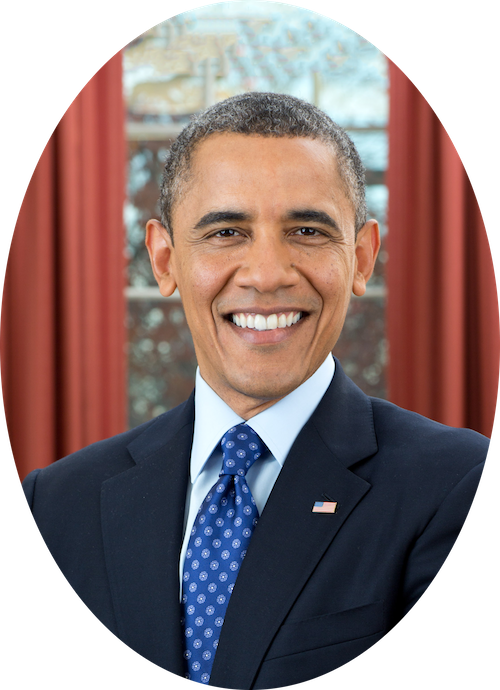
President Barack Obama, 2009-2017
From his early days as a senator to today near the end of his second term of presidency, Barack Obama always had people clamoring for his time. But there's one aspect of his life that is non-negotiable: exercising regularly.
Obama is adamant about his daily one-hour workout. "You have to exercise or at some point you’ll just break down," he told Vanity Fair. His logic, according to his political consultant Jim Cauley, was that the rest of his time is more productive, if he takes time for his workout.
Beyond his daily gym time, Obama also makes time for regular basketball games—even taking the time to stop for a game with his team during campaign travels. It's his chance to stay fit in a fun way that also allows time to make friends with others in a way you couldn't otherwise while being Commander in Chief.

There's plenty of science backing the claim that physical fitness benefits mental skills. Hit the gym, jog to work, join friends for sports, or if you're short on time, go for a 7-minute workout—a quick set of 12 exercises that don't require additional equipment. You might get more benefit from exercising 30 minutes or more, but starting somewhere is the first step to better health and productivity.
5. Invest in Your Partner

President Ronald Reagan, 1981-1989
A demanding schedule isn't reason enough to take your partner for granted, or ignore your personal life. That's why Ronald Reagan still put his wife first, even while running a nation.
In a letter to his son before his wedding, Reagan advised how important it is to invest in your partner. "There is an old law of physics that you can only get out of a thing as much as you put in it," writes Reagan. "The man who puts into the marriage only half of what he owns will get that out."
He followed that up with this sage advice: "P.S. You'll never get in trouble if you say "I love you" at least once a day."
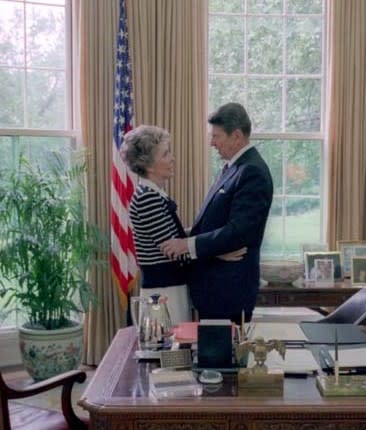
It's not rocket science, but we often forget that our moods at home affect our moods outside. In work-life balance, it's life that matters more—that's what the work is for, right? Take vacations, go for dinners, find time for a date night. You have to put in that effort.
It'll make you happier, but it'll also make you more productive. Those with a more conscientious spouse "tended to have higher job satisfaction, were promoted more often, and reported higher wages over a four-year period," a recent study from Washington University reported. Make life better for your spouse, and you'll enhance your own productivity and happiness.
6. Set Rules for How to Treat Others
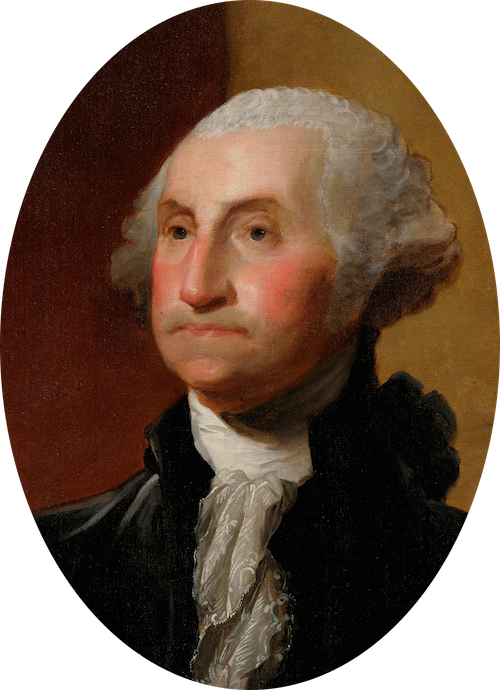
President George Washington, 1789-1797
What does it take to be the first President of a new nation? After the colonies which became the United States fought for their freedom, they needed a leader who all parties would agree upon—a unanimously chosen first president. How do you become the most liked person in an entire nation?
Founding Father George Washington held himself to high standards on how he would treat others. In fact, Washington actually copied his own set of principles to deal with other people, codified as The Rules of Civility and Decent Behaviour in Company and Conversation, based 16th-century rules from Jesuit instructors.
Among sometimes whimsical rules such as "Show nothing to your friend that may affright him" along with commonsense suggestions like "Keep your nails clean and short," Washington included rules on how to show respect to others, be a polite member of society, and show kindness in life. "When a man does all he can though it succeeds not well blame not him that did it," wrote Washington, as one of the many rules that are still valuable today.
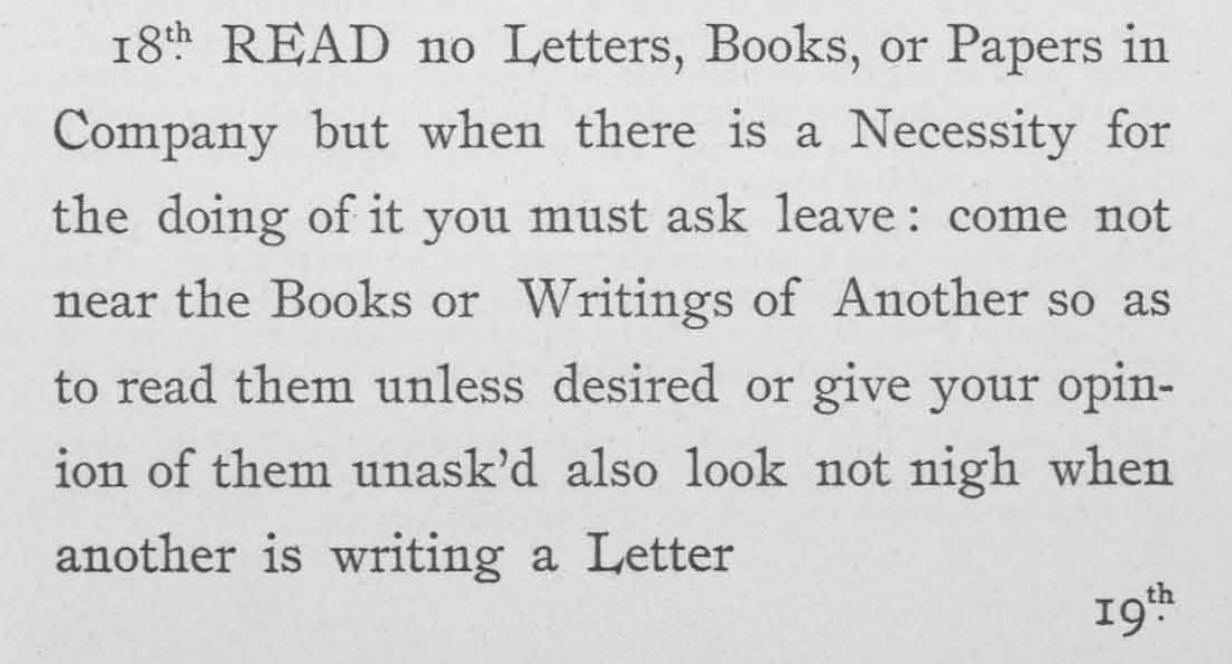
Washington paid attention to how he treated others, and constantly held himself to those standards. "The rules address moral issues, but they address them indirectly. They seek to form the inner man (or boy) by shaping the outer," says historian Richard Brookhiser. "Maybe they can work on us in our century as the Jesuits intended them to work in theirs—indirectly—by putting us in a more ambitious frame of mind."
You don't need to follow Washington's rules of etiquette; it's the discipline of holding yourself up to high-standards that matters. Grab a piece of paper, or a note-taking app like Simplenote or one of the other best notes apps, then list the rules you want to live by when dealing with others. Constantly update and revise these; see how many times you fail and succeed; evaluate yourself based on what matters to you. The exercise will go some way in making you a better person.
Focus on your significant other, and your own health. Prioritize tasks rigorously based on how important they truly are, and make a schedule you follow. Write rules for your life, and stick to them. Be a peacemaker.
These and other principles have guided some of the United States' greatest leaders. Whether you're running for president this year, or just want to squeeze a bit more productivity out of your life, these tips can go a long ways to making you a more balanced person that's productive and focused on the most important things in life. Because that—more than raw productivity—is what matters most.
Have a favorite productivity tip, perhaps from another president or leader, or one you think the next president of the United States should follow? Share it in the comments below!
Learn how Zapier helped one campaign secure voters, save time, win elections, and break a 50-year campaign record.
Polygraph drawing photo via [Wikimedia](https://en.wikipedia.org/wiki/Polygraph(duplicatingdevice)#/media/File:Rees%27s_Cyclopaedia_Polygraph.png); Painting of President Lincoln from the Library of Congress via trialsanderror on Flickr; President Obama playing basketball from the White House via Flickr; Ronald and Nancy Reagan photo via Wikimedia; President Washington's Rules of Civility image via the Library of Congress; Presidential portraits via the White House and [Wikimedia](https://en.wikipedia.org/wiki/Presidential_portrait(UnitedStates)).




